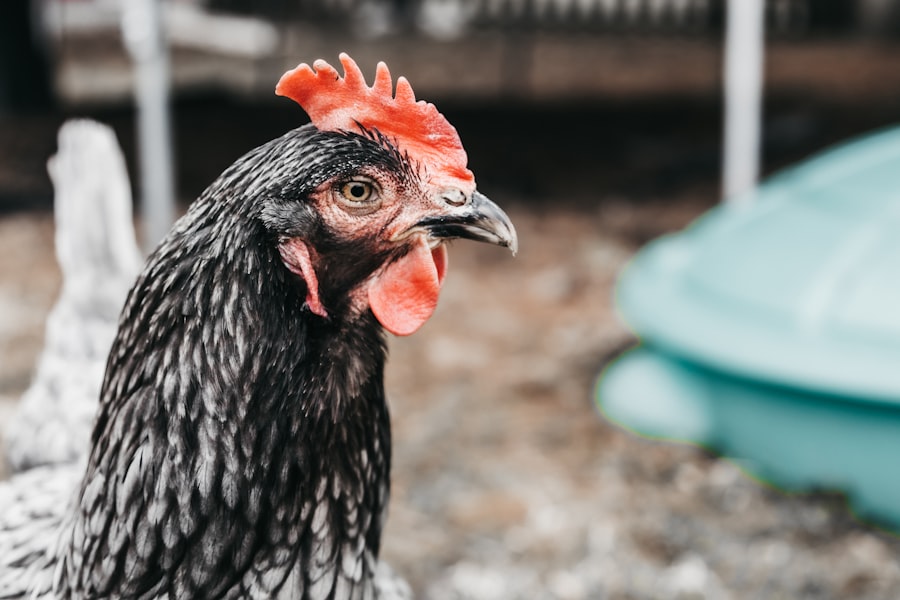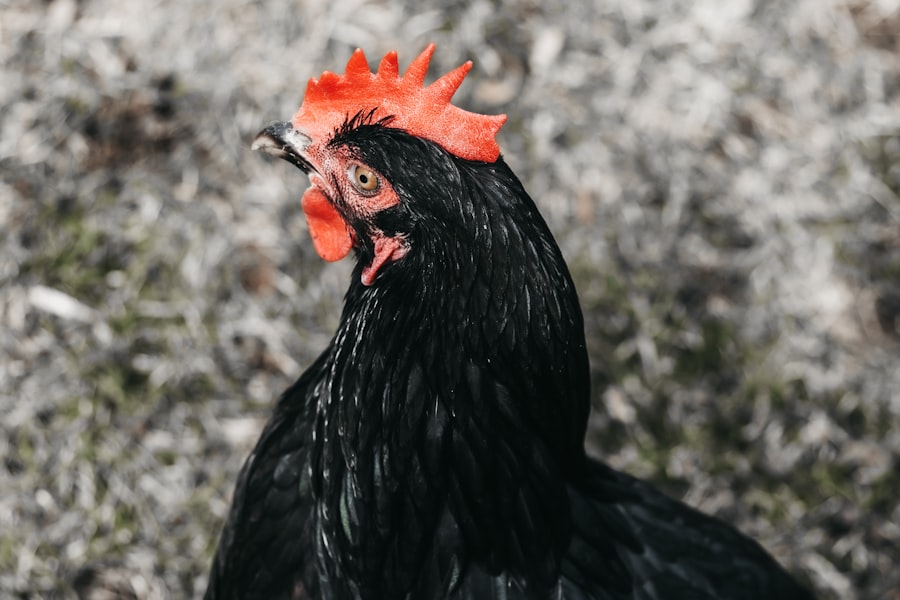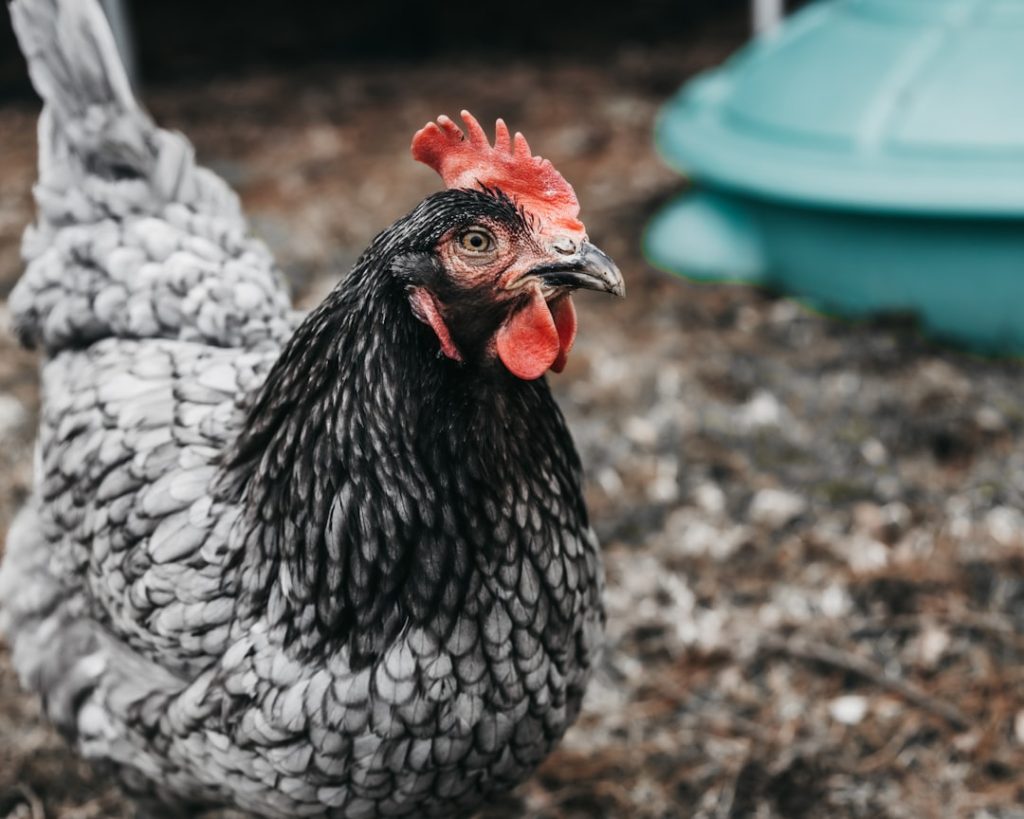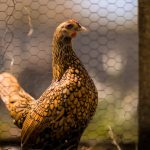Buffalo gnats, also known as black flies or turkey gnats, are small, blood-sucking insects belonging to the Simuliidae family. These pests typically inhabit areas near rivers, streams, and other water bodies, as their larvae require flowing water for development. Buffalo gnats are most active during spring and early summer, known for their painful bites and swarming behavior.
Female buffalo gnats are responsible for biting, as they need blood meals for reproduction. Their bites can cause irritation, swelling, and allergic reactions in some individuals. Buffalo gnats are attracted to carbon dioxide, heat, and movement, which explains their tendency to swarm around humans and animals.
These insects pose a significant nuisance to both humans and animals, including livestock and poultry. Their bites can cause discomfort and stress to animals, potentially leading to reduced productivity and health issues. In severe cases, buffalo gnat infestations can result in livestock fatalities due to blood loss and stress.
Understanding the biology and behavior of buffalo gnats is crucial for developing effective control and prevention strategies. This knowledge enables individuals to create buffalo gnat-free environments and protect themselves and their animals from these insects. Being aware of their potential impact allows for proactive measures to control populations and minimize negative effects.
Table of Contents
- 1 Creating a Buffalo Gnat-Free Environment
- 2 Protecting Chickens from Buffalo Gnats
- 3 Natural Remedies for Buffalo Gnat Control
- 4 Using Commercial Products for Buffalo Gnat Control
- 5 Monitoring and Preventing Buffalo Gnat Infestations
- 6 Seeking Professional Help for Buffalo Gnat Control
- 7 FAQs
- 7.1 What are buffalo gnats?
- 7.2 Why are buffalo gnats a problem for chickens?
- 7.3 How can buffalo gnats be kept off chickens?
- 7.4 Are there any natural remedies to keep buffalo gnats off chickens?
- 7.5 What are some signs that chickens are being bothered by buffalo gnats?
- 7.6 Can buffalo gnats be harmful to chickens?
Key Takeaways
- Buffalo gnats, also known as black flies, are small, blood-sucking insects that can cause painful bites and transmit diseases to humans and animals.
- To create a buffalo gnat-free environment, eliminate standing water, use fans to disrupt their flight patterns, and consider using insect repellents and protective clothing.
- Protect chickens from buffalo gnats by providing them with a shaded area, using poultry-safe insecticides, and keeping their living quarters clean and dry.
- Natural remedies for buffalo gnat control include planting insect-repelling plants, using essential oils, and setting up traps to capture the gnats.
- Commercial products such as insecticides, larvicides, and foggers can be used to effectively control buffalo gnat populations in outdoor areas.
- Regularly monitor for buffalo gnat activity, take preventive measures to reduce their breeding sites, and seek professional help if infestations become unmanageable.
Creating a Buffalo Gnat-Free Environment
Eliminate Breeding Sites
One of the most effective ways to achieve this is by eliminating or reducing the breeding sites of buffalo gnats. Since buffalo gnats require running water for their larvae to develop, it is important to identify and eliminate any standing water sources around the property. This can include clogged gutters, stagnant ponds, or areas with poor drainage.
Minimize Outdoor Activities
Another important step in creating a buffalo gnat-free environment is to minimize outdoor activities during peak buffalo gnat activity periods, which are typically during the early morning and late afternoon.
Protect Yourself and Animals
If outdoor activities cannot be avoided, individuals can use physical barriers such as mosquito nets or protective clothing to prevent buffalo gnat bites. Additionally, using fans or other mechanical devices that create air movement can help deter buffalo gnats from swarming around humans and animals.
Protecting Chickens from Buffalo Gnats

Chickens are particularly susceptible to buffalo gnat bites, as their exposed skin and feathers make them an easy target for these pesky insects. Protecting chickens from buffalo gnats is crucial for maintaining their health and productivity. One effective method is to provide chickens with access to shaded areas or shelters during peak buffalo gnat activity periods.
This can help reduce their exposure to buffalo gnats and minimize the stress caused by constant swarming. Another way to protect chickens from buffalo gnats is by using natural repellents such as essential oils or herbal sprays. These can be applied to the chicken coop or directly onto the chickens’ feathers to deter buffalo gnats from landing and biting.
Additionally, keeping the chicken coop clean and free of standing water can help reduce the presence of buffalo gnats in the immediate vicinity of the chickens. By taking proactive measures to protect chickens from buffalo gnats, individuals can ensure the well-being and productivity of their poultry.
Natural Remedies for Buffalo Gnat Control
Natural remedies for buffalo gnat control can be effective in reducing the population of these pesky insects without the use of harsh chemicals. One popular natural remedy is the use of essential oils such as citronella, eucalyptus, or lavender, which are known for their insect-repelling properties. These essential oils can be diluted with water and sprayed onto skin or clothing to deter buffalo gnats from biting.
Additionally, planting insect-repelling herbs such as basil, mint, or lemongrass around the property can help reduce the presence of buffalo gnats. Another natural remedy for buffalo gnat control is the use of herbal sprays made from ingredients such as garlic, neem oil, or apple cider vinegar. These sprays can be applied to outdoor areas where buffalo gnats are known to swarm, such as patios, porches, or animal shelters.
The strong scent and taste of these natural ingredients can repel buffalo gnats and discourage them from congregating in these areas. By incorporating natural remedies into their buffalo gnat control strategy, individuals can minimize the use of synthetic chemicals while effectively managing buffalo gnat populations.
Using Commercial Products for Buffalo Gnat Control
Commercial products specifically designed for buffalo gnat control can provide an effective solution for managing infestations in outdoor areas. One common type of commercial product is insect repellent sprays or lotions that are formulated to deter buffalo gnats from biting humans and animals. These products typically contain active ingredients such as DEET or picaridin, which are known for their effectiveness in repelling a wide range of insects, including buffalo gnats.
Another type of commercial product for buffalo gnat control is insecticide sprays or foggers that are designed to kill adult buffalo gnats on contact. These products can be applied to outdoor areas where buffalo gnats are known to swarm, such as patios, porches, or animal shelters. It is important to carefully follow the instructions on these products and take precautions to minimize exposure to humans and animals.
Monitoring and Preventing Buffalo Gnat Infestations

Detecting Buffalo Gnat Populations
One way to monitor buffalo gnat populations is by setting up traps near areas where they are known to swarm. There are various types of traps available, including UV light traps and adhesive traps, which can help capture adult buffalo gnats and reduce their numbers in specific areas.
Prevention Strategies
Preventing buffalo gnat infestations can be achieved by implementing proactive measures such as reducing standing water sources, using natural repellents, and minimizing outdoor activities during peak buffalo gnat activity periods. Regularly inspecting outdoor areas for potential breeding sites and taking steps to eliminate them can help prevent future infestations.
Effective Management
By staying vigilant and proactive in monitoring and preventing buffalo gnat infestations, individuals can effectively manage these pesky insects and minimize their impact on humans and animals.
Seeking Professional Help for Buffalo Gnat Control
In severe cases of buffalo gnat infestations, seeking professional help for control and management may be necessary. Pest control companies have the expertise and resources to assess the extent of the infestation and develop a targeted treatment plan to effectively reduce buffalo gnat populations. Professional pest control technicians can utilize a range of methods such as insecticide applications, larvicide treatments, and habitat modifications to address buffalo gnat infestations in outdoor areas.
Additionally, agricultural extension services or local health departments may provide valuable information and resources for managing buffalo gnat infestations in rural or agricultural settings. These organizations can offer guidance on best practices for controlling buffalo gnats while minimizing environmental impact and ensuring the safety of humans and animals. In conclusion, understanding the behavior and habits of buffalo gnats is crucial in developing effective control and prevention strategies.
By creating a buffalo gnat-free environment, protecting chickens from bites, using natural remedies or commercial products for control, monitoring and preventing infestations, and seeking professional help when necessary, individuals can effectively manage buffalo gnat populations while minimizing their impact on humans and animals.
If you’re looking for more information on keeping chickens, you might be interested in an article on whether geese can eat chicken feed. Check out this article to learn more about feeding geese and how it relates to keeping chickens.
FAQs
What are buffalo gnats?
Buffalo gnats, also known as black flies, are small biting insects that are commonly found near bodies of water. They are known for their painful bites and can be a nuisance to both humans and animals.
Why are buffalo gnats a problem for chickens?
Buffalo gnats can be a problem for chickens because they can cause irritation and discomfort with their bites. In severe cases, buffalo gnats can also transmit diseases to chickens.
How can buffalo gnats be kept off chickens?
There are several methods to keep buffalo gnats off chickens, including using insect repellents specifically designed for poultry, providing shaded areas for chickens to avoid direct exposure to buffalo gnats, and using fans to create airflow that can deter buffalo gnats.
Are there any natural remedies to keep buffalo gnats off chickens?
Some natural remedies to keep buffalo gnats off chickens include using essential oils such as citronella, lavender, or eucalyptus, as well as planting insect-repelling herbs and plants in the chicken coop area.
What are some signs that chickens are being bothered by buffalo gnats?
Signs that chickens are being bothered by buffalo gnats include excessive scratching, restlessness, and agitation. Additionally, chickens may have visible bite marks or irritated skin from buffalo gnat bites.
Can buffalo gnats be harmful to chickens?
Yes, buffalo gnats can be harmful to chickens. In addition to causing discomfort and irritation, buffalo gnats can transmit diseases such as avian pox and fowlpox to chickens. It is important to take measures to protect chickens from buffalo gnats to prevent potential health issues.
Meet Walter, the feathered-friend fanatic of Florida! Nestled in the sunshine state, Walter struts through life with his feathered companions, clucking his way to happiness. With a coop that’s fancier than a five-star hotel, he’s the Don Juan of the chicken world. When he’s not teaching his hens to do the cha-cha, you’ll find him in a heated debate with his prized rooster, Sir Clucks-a-Lot. Walter’s poultry passion is no yolk; he’s the sunny-side-up guy you never knew you needed in your flock of friends!







